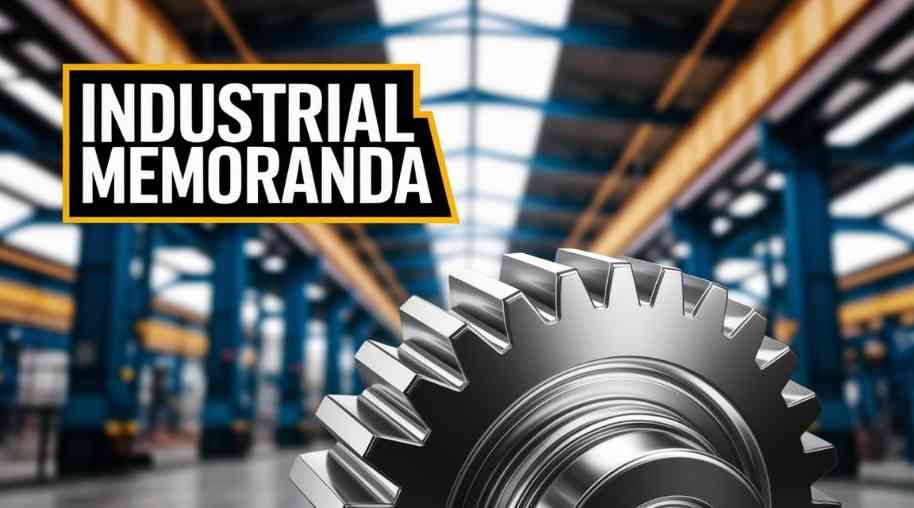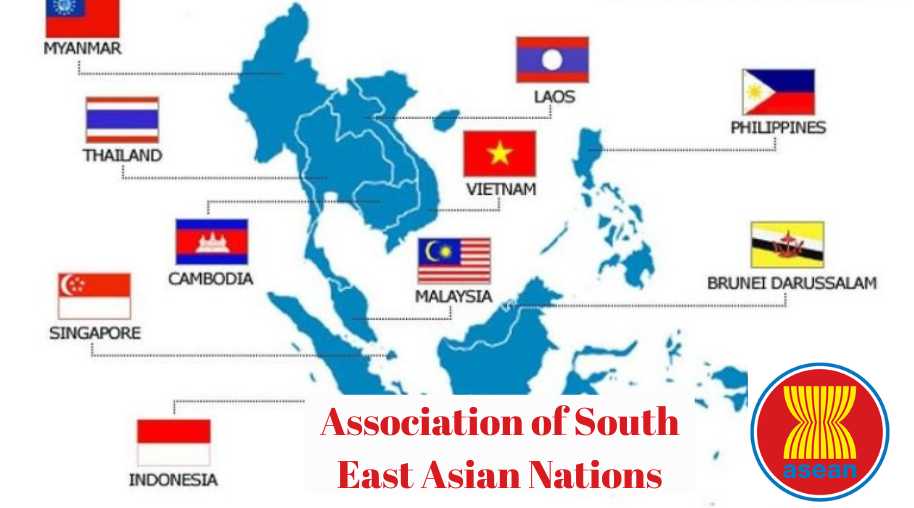IEM Full Form-Industrial Entrepreneurs Memoranda
by Shashi Gaherwar
0 2089
Introduction
India’s industrial sector plays a crucial role in economic development, creating jobs and driving investments. To facilitate industrial growth, the government introduced the Industrial Entrepreneurs Memoranda (IEM) framework, allowing businesses to register their industrial undertakings easily. IEM is an essential process for medium and large-scale industries that do not fall under the compulsory licensing category.

In this article, we will explore the concept, purpose, registration process, benefits, and impact of IEM on industrial growth in India.
What is Industrial Entrepreneurs Memoranda (IEM)?
Industrial Entrepreneurs Memoranda (IEM) is a declaration that industrial firms submit to the Department for Promotion of Industry and Internal Trade (DPIIT), Ministry of Commerce and Industry, Government of India. It serves as an acknowledgment for setting up industrial enterprises in India, particularly for businesses that do not require industrial licenses under the Industries (Development & Regulation) Act, 1951.
IEM is required for manufacturing businesses, while service sector enterprises are exempt from this registration. The process was introduced to promote ease of doing business and encourage industrial investments in India.
Objectives of Industrial Entrepreneurs Memoranda
The primary objectives of IEM include:
- Encouraging Industrial Investments: Providing a streamlined registration process for industries looking to invest in India.
- Simplifying Regulatory Approvals: Reducing bureaucratic hurdles for industrial entrepreneurs.
- Tracking Industrial Growth: Enabling the government to monitor investments and production trends in the manufacturing sector.
- Promoting Ease of Doing Business: Supporting entrepreneurs by offering a hassle-free investment declaration process.
- Enhancing Economic Development: Encouraging large-scale industries to set up manufacturing units, leading to job creation and economic expansion.
Who Needs to File an IEM?
IEM applies to businesses in the manufacturing sector, except those that:
- Fall under the compulsory licensing category as per the Industries (Development & Regulation) Act, 1951.
- Are Small Scale Industries (SSI)/MSMEs, which have a separate registration process.
Industries that require a license include those producing alcohol, cigarettes, defense-related equipment, hazardous chemicals, and specific pharmaceutical products. All other industrial projects can proceed with an IEM filing instead of seeking licenses.
Industrial Entrepreneurs Memoranda Registration Process
The IEM registration process is straightforward and involves two main steps:
- Step 1: Filing the IEM Part A:
- Entrepreneurs must submit IEM Part A online through the DPIIT portal.
- The form requires details such as:
- Name of the company
- Nature of industrial activity
- Location of the manufacturing unit
- Investment details
- Production capacity
- Once submitted, the government issues an acknowledgment receipt, confirming the registration.
- Step 2: Filing the IEM Part B:
- After the industrial project begins commercial production, the entrepreneur must file IEM Part B.
- This submission provides updates on project completion, production status, and investment realization.
- IEM Part B helps the government track industrial developments and assess sector-wise progress.
Benefits of Industrial Entrepreneurs Memoranda
Filing an IEM offers multiple benefits to industrial enterprises:
- No Requirement for Industrial License: Industries that do not fall under the compulsory licensing category can start operations without lengthy approval processes.
- Faster Business Setup: The simplified registration ensures that industries can establish their manufacturing units quickly.
- Government Recognition: IEM acknowledgment acts as a formal record of industrial investment, which can be useful for applying for bank loans and incentives.
- Facilitates Policy-Making: Helps the government collect data on industrial investments, enabling better policy formulation and sectoral planning.
- Attracts Foreign Direct Investment (FDI): International investors prefer countries with clear industrial regulations, and IEM enhances India’s ease of doing business ranking.
- Access to Incentives and Subsidies: Many state governments offer incentives such as tax rebates, land allotments, and financial assistance to industries registered under IEM.
Challenges in the IEM Process
Despite its benefits, the IEM process faces some challenges:
- Lack of Awareness: Many industrial entrepreneurs, especially startups and small businesses, are unaware of the IEM process.
- Bureaucratic Delays: While the online system has improved efficiency, some delays occur in processing applications and approvals.
- Sector-Specific Restrictions: Certain industries still require additional approvals, making the process more complex for them.
- Limited Benefits for Small-Scale Industries: MSMEs operate under a separate registration system and may not benefit directly from IEM.
IEM’s Impact on Industrial Growth in India
Since its introduction, IEM has played a key role in boosting industrial investments and simplifying regulatory compliance. Some of its notable impacts include:
- Increased Industrial Investments: Several large industries have set up manufacturing units in India under the IEM framework.
- Growth in Manufacturing Sector: Encourages Make in India and Atmanirbhar Bharat initiatives by promoting domestic production.
- Enhanced Employment Opportunities: With more industries setting up operations, job creation has increased in various sectors.
- Foreign Investment Attraction: By offering a transparent process, IEM has made India a preferred destination for foreign direct investments (FDI).
Future of IEM and Industrial Development
With the government’s push toward industrialization and ease of doing business reforms, IEM is expected to play an even greater role in India’s economic landscape. The future roadmap includes:
- Enhancing Digital Infrastructure: Improving online processing to further reduce delays.
- Expanding IEM Awareness Programs: Educating entrepreneurs about its benefits and simplifying documentation.
- Introducing Sector-Specific Incentives: Offering more benefits to industries registering under IEM to drive growth in emerging sectors.
- Encouraging Green Manufacturing: Promoting environmentally sustainable industrial practices.
The Industrial Entrepreneurs Memoranda (IEM) is an essential tool for businesses looking to invest in India’s industrial sector. By providing a hassle-free registration process, eliminating licensing requirements, and promoting industrial investments, IEM has significantly contributed to India’s economic progress.
As India continues to expand its manufacturing capabilities, a robust IEM framework will ensure efficient industrial growth, job creation, and enhanced global competitiveness. Entrepreneurs planning industrial ventures should take advantage of the IEM process to leverage government incentives and contribute to national development.
Further Learning Resources
If you’re passionate about building a successful blogging website, check out this helpful guide at Coding Tag – How to Start a Successful Blog. It offers practical steps and expert tips to kickstart your blogging journey!
For dedicated UPSC exam preparation, we highly recommend visiting www.iasmania.com. It offers well-structured resources, current affairs, and subject-wise notes tailored specifically for aspirants. Start your journey today!

Share:








Comments
Waiting for your comments